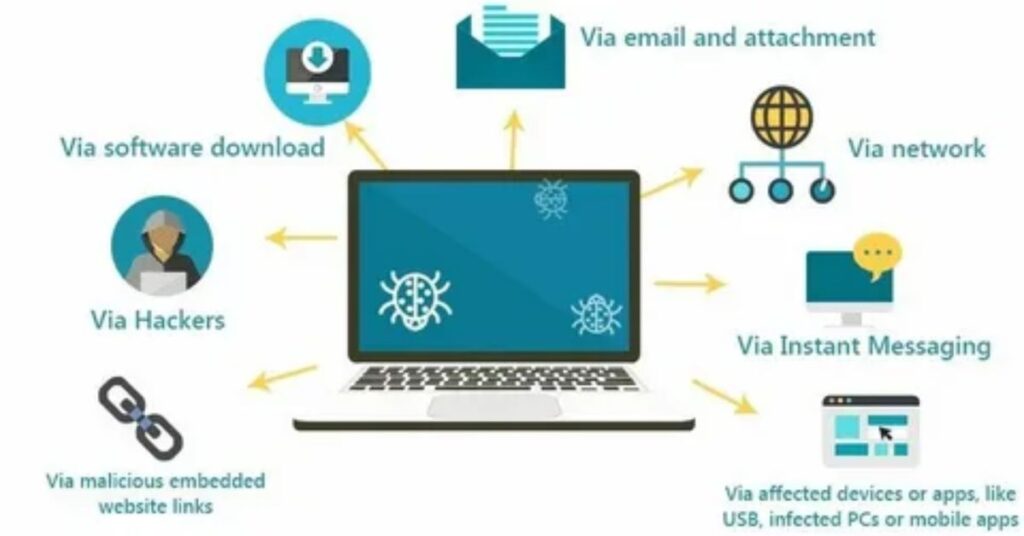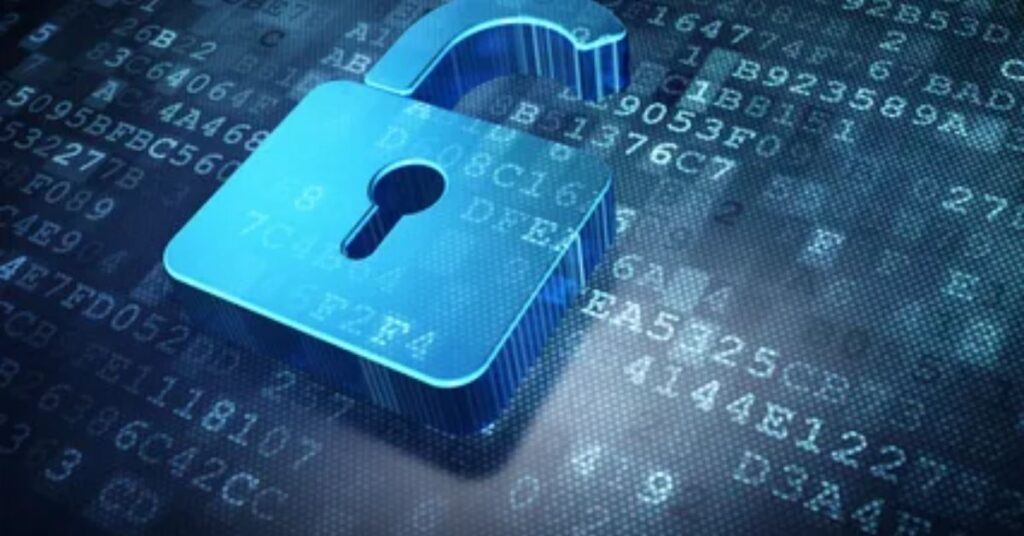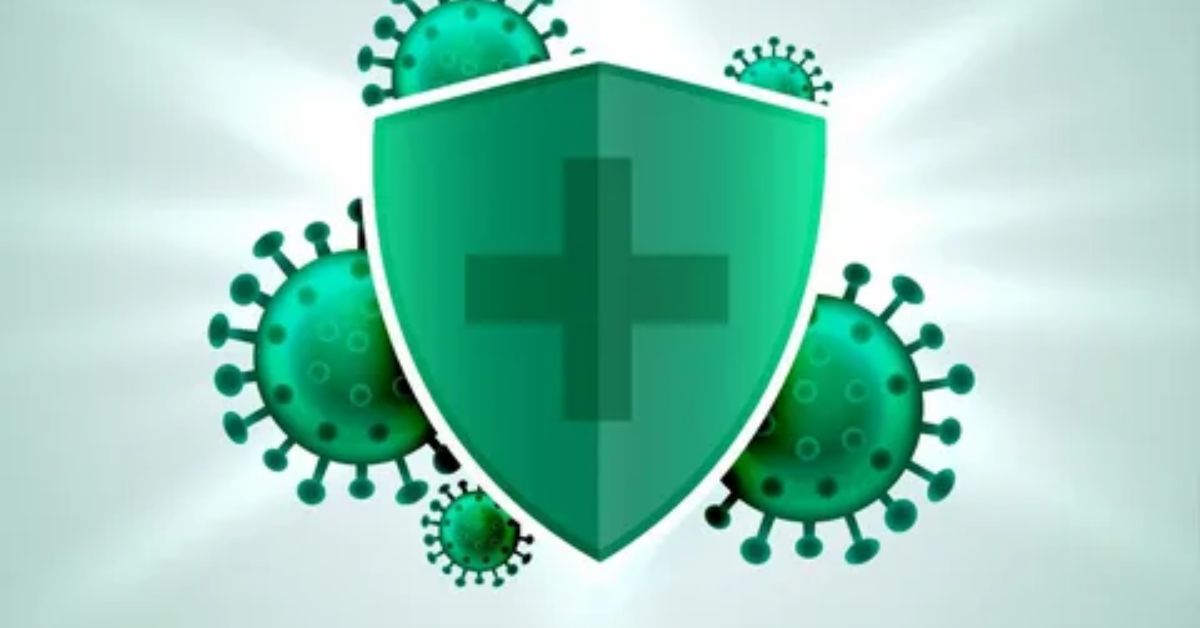The “WebCord Virus: Protection and Removal Guide” is a comprehensive resource designed to help users defend against and eliminate the WebCord virus, a malicious software that hijacks browsers and compromises system security. It offers strategies for prevention, step-by-step removal instructions, and recovery techniques to mitigate its impact on privacy and device performance.
Protect your digital sanctity with our definitive “WebCord Virus: Protection and Removal Guide,” crafted to safeguard your devices against insidious browser hijacking and data compromise.
In an increasingly interconnected digital world, safeguarding your devices from threats like the WebCord virus is paramount. This guide equips you with essential strategies to detect, remove, and prevent the infiltration of this malicious software, ensuring your online activities remain secure and uninterrupted.
How Does WebCord Virus Work?

The WebCord virus operates by infiltrating computers through deceptive means, often bundled with seemingly harmless software or disguised as legitimate downloads. Once installed, it modifies browser settings without consent, redirecting search queries to dubious websites and flooding screens with intrusive advertisements.
This hijacking of browser functions disrupts user experience and compromises privacy, as the virus tracks browsing habits to serve targeted ads and potentially harvest sensitive information. WebCord employs stealthy techniques to evade detection, such as hiding its presence within system files or masquerading under innocuous names.
It may exploit vulnerabilities in outdated software or use social engineering tactics to trick users into granting administrative privileges. By manipulating browser extensions and settings, WebCord effectively controls online activities, posing significant risks to both individual users and organizational networks.
Symptoms of Infection of WebCord Virus

The symptoms of a WebCord virus infection manifest primarily through noticeable changes in browser behavior and system performance. Users may experience frequent redirects to unfamiliar websites, persistent pop-up advertisements unrelated to browsing history, and changes in default search engines without their consent.
sluggish system performance, sudden crashes of browsers, and increased network traffic are common signs. These symptoms collectively indicate the presence of the WebCord virus and prompt the need for immediate action to remove it and safeguard personal data.
Visible Signs on an Infected Device
Visible signs on an infected device include unauthorized changes to browser settings such as homepage and search engine alterations, along with an influx of intrusive pop-up ads. These changes occur without user permission, indicating the presence of the WebCord virus.
- Altered browser homepage and default search engine settings.
- Pop-up ads and redirects to unfamiliar websites.
- Sluggish browser performance and frequent crashes.
Performance Impact on the Device or Network
The WebCord virus can significantly impact device performance by consuming system resources to run background processes that support its malicious activities. This can lead to slower overall performance, longer load times for applications and websites, and increased CPU usage, noticeable through system slowdowns and lag.
the virus may also affect network performance by generating excessive network traffic. This can result in slower internet speeds for legitimate activities, such as browsing and downloading, as well as potential disruptions in network connectivity. These performance issues can persist until the virus is effectively removed from the system.
- Increased CPU and memory usage.
- Slow internet browsing speed.
- Network congestion due to continuous data transfers to remote servers.
Security and Privacy Implications for the User

The presence of the WebCord virus poses severe security and privacy risks to users. It can compromise sensitive information stored on the infected device, including passwords, financial data, and personal files. Moreover, the virus may open backdoors for additional malware, exposing the system to further attacks and unauthorized access.
Privacy implications extend to online activities as well, with the virus potentially monitoring and recording browsing habits, keystrokes, and other sensitive data without the user’s knowledge. This breach of privacy can lead to identity theft, unauthorized account access, and other malicious activities targeting the user’s digital footprint.
What does the WebCord Virus do?
The WebCord virus primarily functions as a browser hijacker that alters browser settings to redirect search queries through malicious websites. It also injects unwanted advertisements into web pages, leading to a disruptive browsing experience. Additionally, it may collect user data such as browsing history and personal information, posing significant privacy risks.
Short-term and Long-term Effects on Devices
Short-term Effects on Devices
In the short term, devices infected with the WebCord virus experience noticeable slowdowns in browsing speed and performance. Users may encounter frequent pop-up ads, browser redirects, and changes in default search engines without their consent.
These effects can disrupt normal online activities, making browsing frustrating and less efficient. Immediate actions such as closing unwanted tabs or browsers may provide temporary relief, but the underlying infection persists until properly addressed.
Read Also this; QXEFV Guide | How it is Changing the Business World
Long-term Effects on Devices
Over time, the WebCord virus can lead to more serious consequences for infected devices. Continued exposure to malicious ads and websites increases the risk of further malware infections, potentially compromising the device’s security and stability. Persistent data collection by the virus, including browsing habits and personal information, poses ongoing privacy threats.
If left untreated, the accumulation of malware and compromised settings can make recovery more challenging, requiring extensive cleanup and potential data loss prevention measures.
Potential Dangers to Personal Data and Privacy
Potential dangers to personal data and privacy posed by the WebCord virus include:
- Data Theft: The virus may collect sensitive personal information such as login credentials, financial details, and browsing habits.
- Identity Theft: Stolen data can be used for identity theft, leading to fraudulent transactions and unauthorized access to accounts.
- Privacy Breaches: Continuous monitoring of online activities compromises user privacy, leading to targeted advertising and potential exposure of confidential information.
- Financial Loss: Unauthorized access to banking details and payment information can result in financial losses through fraudulent transactions.
- System Vulnerabilities: Exploiting security weaknesses in infected devices can lead to further malware infections and system compromise.
- Legal Consequences: Inadvertent exposure of sensitive data can lead to legal ramifications and breaches of privacy regulations.
Protecting against these dangers requires prompt removal of the WebCord virus and implementation of robust cybersecurity measures.
Economic Impact on Businesses and Individuals
Prevention and Safety Measures from Webcord Virus
Prevention and safety measures against the WebCord virus involve proactive steps to safeguard your devices and data:
- Educate Users: Raise awareness among users about the risks of downloading software from untrusted sources and clicking on suspicious links or attachments in emails.
- Install Reliable Security Software: Use reputable antivirus and anti-malware programs that offer real-time protection and regular updates to detect and prevent infections.
- Enable Firewall Protection: Activate and configure firewalls on all devices to monitor and control incoming and outgoing network traffic, blocking potential threats.
- Update Operating Systems and Software: Regularly update operating systems, applications, and plugins with the latest security patches to close vulnerabilities exploited by malware.
- Exercise Caution Online: Be cautious while browsing the internet, avoiding visiting suspicious websites and clicking on pop-up ads or banners that may contain malicious code.
- Implement Strong Passwords and Authentication: Use complex passwords and enable multi-factor authentication (MFA) where possible to enhance account security and prevent unauthorized access.
- Backup Important Data: Regularly back up critical data to external storage devices or cloud services to mitigate the impact of data loss in case of a malware attack.
- Monitor System Performance: Stay vigilant for any unusual behavior or slowdowns in device performance, which could indicate malware activity, and take immediate action to investigate and mitigate.
By adopting these preventive measures, users can significantly reduce the risk of WebCord virus infections and protect their personal and organizational data from potential harm.
Best Practices to Avoid Infection
To avoid WebCord virus infections, follow these best practices:
Source Software from Trusted Sites: Download software only from reputable sources to minimize the risk of downloading malicious programs bundled with legitimate applications.
Keep Software Updated: Regularly update your operating system, browsers, and applications to patch security vulnerabilities exploited by malware like WebCord.
Exercise Caution Online: Be cautious when clicking on links, downloading files, or opening email attachments, especially from unknown or suspicious sources, to prevent inadvertent malware installation.
Security Software and Settings to Enhance Defense

Implement robust security software such as antivirus programs, anti-malware tools, and firewalls to provide layers of defense against threats like the WebCord virus. Configure these tools to perform regular scans, update virus definitions automatically, and block suspicious activities to enhance overall system security.
Step-by-Step Guide on Removing the WebCord Virus
Uninstall Suspicious Programs:Use the Control Panel to remove any unfamiliar applications.
Reset Browser Settings: Restore browsers to their default configurations to remove malicious extensions.
Scan with Antimalware Tools: Use reputable antimalware software to detect and remove WebCord infections.
Clean Registry and Temp Files: Use cleanup tools to eliminate leftover malware traces.
Reboot and Monitor: Restart the computer and monitor for any recurrence of symptoms.
When to Seek Professional Help?

If you encounter persistent issues despite following removal guides and precautions, or if you lack the technical expertise to fully remove the WebCord virus, it’s advisable to seek professional help.
Professional assistance is warranted if the virus has severely affected your device’s performance, compromised sensitive data, or if you are unsure about the extent of the infection. Timely intervention from cybersecurity experts can mitigate risks and ensure thorough eradication of the virus from your system.
Conclusion
The webcord virus requires a proactive approach to safeguarding digital environments. By understanding its mechanisms, recognizing symptoms, and implementing effective prevention strategies, users can significantly reduce the risk of infection.
Prompt action, such as using reputable security software, staying vigilant against suspicious activities, and seeking professional help when needed, ensures a resilient defense against evolving cyber threats like WebCord. Ultimately, by adhering to best practices and maintaining a proactive security stance, individuals and organizations can mitigate the impact of such malicious programs and safeguard their digital assets and privacy.
Frequently Asked Questions
How did WebCord infect my computer?
WebCord typically infects computers through deceptive downloads, bundled software packages, or malicious advertisements that users inadvertently click on.
Can WebCord steal my personal information?
Yes, WebCord can capture and transmit sensitive information such as login credentials, financial data, and browsing habits to remote servers controlled by cybercriminals.
What should I do if my antivirus doesn’t detect WebCord?
If your antivirus fails to detect WebCord, try using reputable antimalware tools or seek professional assistance to thoroughly scan and remove the infection.
How can I prevent WebCord from infecting my computer in the future?
To prevent WebCord infections, avoid downloading software from untrusted sources, keep security software up to date, and enable browser security features such as pop-up blockers and phishing filters.
Is it possible to recover files encrypted or damaged by WebCord?
If files are encrypted or damaged by WebCord, recovery may be possible through backups or system restore points created before the infection occurred. Professional data recovery services may also be necessary in some cases.

Sallas: Tech-savvy professional with 5 years in the industry. Skilled in software development, cloud computing, and AI. Known for innovative solutions and teamwork.








